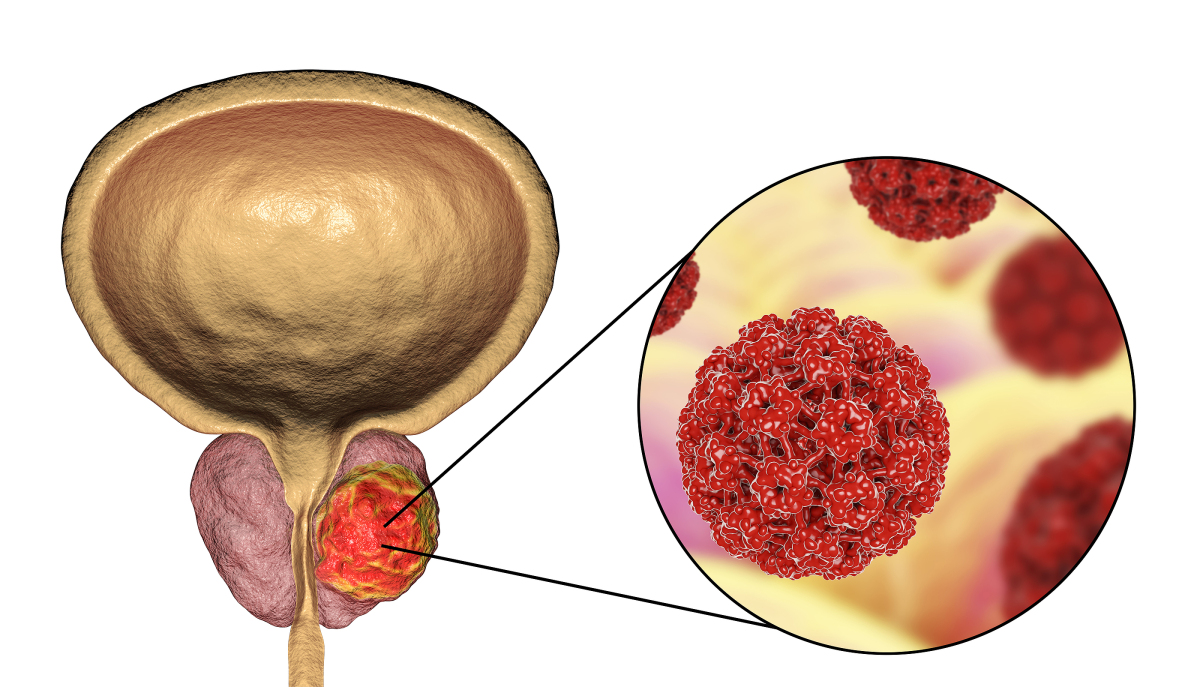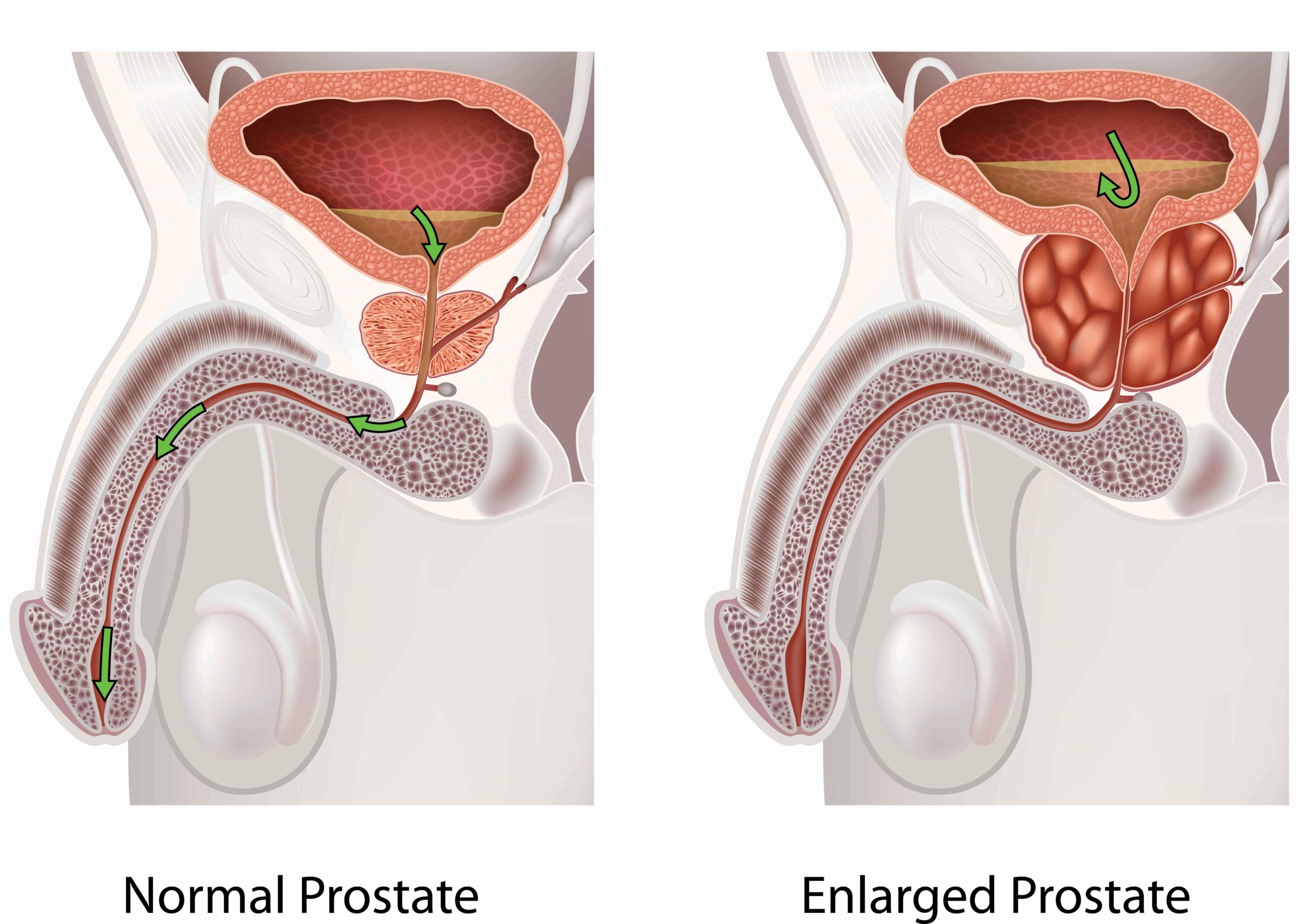Benign Prostatic Hyperplasia (BPH), commonly known as an enlarged prostate, is a non-cancerous condition that affects millions of men as they age. It’s one of the most prevalent prostate issues for men over 40, with symptoms that can significantly impact quality of life. This article explores how BPH affects men over 40, its symptoms, complications, risk factors, and treatment options, providing actionable insights for those seeking to understand and manage this condition.
I. What is Benign Prostatic Hyperplasia (BPH)?
1. Definition and Prevalence
BPH is characterized by the non-cancerous growth of prostate tissue, leading to an enlarged prostate gland that can press against the urethra, causing urinary issues. According to the National Institute of Diabetes and Digestive and Kidney Diseases (NIDDK), BPH affects about 50% of men aged 51–60 and up to 90% of men over 80. While it rarely causes symptoms before age 40, its prevalence increases significantly with age, making it a common concern for older men.
2. How BPH Develops
The prostate undergoes two main growth phases: one during puberty and another starting around age 25, continuing throughout life. BPH typically occurs during this second phase, where hormonal changes, particularly involving dihydrotestosterone (DHT), contribute to prostate cell growth. This enlargement can compress the urethra, leading to lower urinary tract symptoms (LUTS).

II. Symptoms of BPH in Men Over 40
1. Common Urinary Symptoms
BPH primarily affects urination due to the prostate’s pressure on the urethra. Symptoms can be divided into two categories: storage and voiding issues. According to a 2024 StatPearls article, these include:
- Storage Symptoms: Increased frequency, urgency, nocturia (waking up at night to urinate), and incontinence.
- Voiding Symptoms: Weak or intermittent urine stream, straining to urinate, hesitancy, prolonged urination, and a feeling of incomplete bladder emptying.
About half of men with BPH experience symptoms severe enough to require treatment, typically by age 75.
2. Impact on Quality of Life
BPH symptoms can disrupt daily life, causing embarrassment, sleep disturbances due to nocturia, and limitations in social or work activities. For example, frequent bathroom trips can affect productivity, while urgency may lead to anxiety in public settings. Dr. Howard LeWine from Harvard Health notes that men often mistake these symptoms as a natural part of aging, delaying treatment that could improve their quality of life.
III. Complications of Untreated BPH
1. Acute Urinary Retention (AUR)
One serious complication is acute urinary retention, where a man suddenly cannot urinate, requiring emergency catheterization. The risk of AUR increases with age, with incidence rising from 3 per 1,000 men aged 40–49 to 34.7 per 1,000 men aged 70–79, according to a study in Olmsted County, Minnesota.
2. Other Health Risks
Untreated BPH can lead to:
- Urinary Tract Infections (UTIs): Incomplete bladder emptying increases infection risk.
- Bladder Stones: Stagnant urine can form stones.
- Chronic Kidney Disease: Chronic obstruction may impair kidney function.
- Bladder Damage: Over time, the bladder muscle may weaken, leading to chronic retention.
These complications highlight the importance of early diagnosis and management.
IV. Risk Factors for BPH
1. Age and Hormonal Changes
Age is the primary risk factor, with BPH prevalence rising sharply after 40. Hormonal changes, including higher DHT levels and lower testosterone, drive prostate growth. Men who have had their testicles removed before BPH onset do not develop the condition, underscoring the role of hormones.
2. Genetic and Lifestyle Factors
Genetics plays a significant role. A study cited by Johns Hopkins Medicine found that men under 65 with very enlarged prostates have a fourfold increased risk if male relatives needed BPH surgery, with brothers facing a sixfold risk. Lifestyle factors like obesity, metabolic syndrome, and lack of physical activity also increase risk, as noted by Yale Medicine.
V. Diagnosis of BPH
1. Initial Evaluation
Diagnosis typically begins with a medical history and symptom assessment using tools like the American Urological Association (AUA) Symptom Index, a seven-question survey to quantify symptom severity. A digital rectal exam (DRE) is performed to assess prostate size and rule out prostate cancer.
2. Diagnostic Tests
Additional tests may include:
- Urinalysis: To check for infections or blood in the urine.
- Prostate-Specific Antigen (PSA) Test: Elevated PSA levels may indicate BPH or other conditions.
- Uroflowmetry: Measures urine flow rate.
- Transrectal Ultrasound: Assesses prostate size.
- Cystoscopy: Examines the urethra and bladder.

VI. Treatment Options for BPH
1. Watchful Waiting
For men with mild symptoms, watchful waiting with regular check-ups is often recommended. Lifestyle changes, such as reducing caffeine intake, staying active, and managing fluid consumption, can help manage symptoms.
2. Medications
Common medications include:
- Alpha Blockers (e.g., tamsulosin, alfuzosin): Relax prostate and bladder muscles, improving urine flow within days.
- 5-Alpha Reductase Inhibitors (e.g., finasteride, dutasteride): Shrink the prostate over months, best for larger glands (>40 mL). Side effects may include impotence in 3–4% of users.
- Combination Therapy: Combining alpha blockers and 5-ARIs can enhance symptom relief.
3. Surgical and Minimally Invasive Procedures
For severe symptoms or complications, surgical options include:
- Transurethral Resection of the Prostate (TURP): Removes excess prostate tissue; retrograde ejaculation occurs in approximately 50–75% of cases, depending on surgical technique and the surgeon’s experience.
- Holmium Laser Enucleation of the Prostate (HoLEP): A laser-based procedure effective for large prostates.
- Aquablation: A newer, minimally invasive option using water jets, offered at centers like UCLA Health.
Open prostatectomy is reserved for very large prostates (>80 grams) but carries higher risks.

VII. Specialized Care at Men's Health Vietnam
For men seeking comprehensive BPH care, centers like Men's Health Vietnam offer specialized services tailored to prostate health. At Men's Health Vietnam, patients benefit from advanced diagnostic tools, including PSA testing and uroflowmetry, as well as personalized treatment plans that range from medications to minimally invasive procedures like Aquablation. Their team of urologists provides expert guidance, ensuring that each patient receives care suited to their specific symptoms and lifestyle needs.
- Address: 7B/31 Thanh Thai Street, Ward 14, District 10, Ho Chi Minh City, Vietnam
- Website: menhealth.vn
- Fanpage: facebook.com/trungtamsuckhoenamgioi
- Contact: (+84) 902 353 353
 0902 353 353
0902 353 353 Giờ làm việc: 08:00 - 20:00
Giờ làm việc: 08:00 - 20:00 7B/31 Thành Thái, Phường Diên Hồng, TP. HCM
7B/31 Thành Thái, Phường Diên Hồng, TP. HCM



